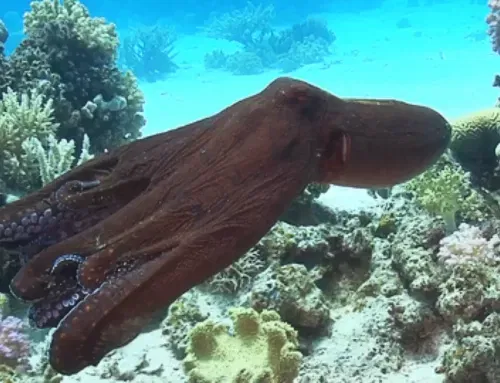We’ve sunk to new depths. Disguised as saviors for elephants, we’ve again vented our killer instincts. This time in Central Park.
“Ivory is Destroyed to Save Elephants,” read The New York Times headline on Aug. 3rd. This wasn’t the first such event. The last was also in Central Park in December 2015, and in 2013 at wildlife refuge in Denver.
To the best of my knowledge, no one blinked. It seems we prefer to crush first and establish what was crushed later.
![[CC BY 2.0 (http://creativecommons.org/licenses/by/2.0) or Public domain], via Wikimedia Commons](https://upload.wikimedia.org/wikipedia/commons/a/a8/Ivory_Crush_2015_-_New_York_City_%2818772257360%29.jpg)
On the morning of June 19, 2017, in Times Square, New York City, the U.S. Fish and Wildlife Service, hosted its second ivory crush event. One ton of ivory seized during an undercover operation, plus other ivory from the New York State Department of Environmental Conservation and the Association of Zoos and Aquariums was crushed. (Photo by Kelsey Williams/FWS)
Killing elephants for ivory is tragic. Killing elephants for anything is tragic, and there are laws against it, yet elephant killing continues. A big problem, I agree. I don’t favor killing elephants. Crushing ivory art was meant to deter killing elephants by robbing its market value. On the surface, this reasoning might seem logical – anything made of ivory will be trashed, so why bother to make it, and by extension, why kill an elephant for ivory tusks that no one will buy? Why collect something worthless?
I question that reasoning. I presume black markets can be very profitable. If not, why would anyone steal famous, easily recognized paintings from museums? Wouldn’t dwindling supplies of ivory carvings – those that survived crushing – follow the law of supply and demand and raise the price of those that remain or those newly made by poaching, in the black market geared to collectors willing to buy treasures that were no longer sold in galleries or auctions?
![2103 Ivory Crush, by USFWS Mountain-Prairievia Wikimedia Commons (Ivory Crush 2013) [CC BY 2.0 (http://creativecommons.org/licenses/by/2.0) or Public domain],](https://upload.wikimedia.org/wikipedia/commons/7/70/Ivory_Crush_2013_%2810897846603%29.jpg)
Ivory crush at Rocky Mountain Arsenal National Wildlife Refuge on November 14, 2013
Photo by Kate Miyamoto / USFW
Preservation is not condoning or legalizing; it’s appreciating and recognizing history.
There’s irony touched with perversity in crushing ivory carvings in that the crushers and cheering onlookers probably liked and admired the art. I assume that the Nazi’s – poor losers that they were – liked and admired the art they torched in caves at the war’s end. If not, they wouldn’t have confiscated it in the first place. Hitler claimed to be an art lover as he condemned “degenerate art” of the expressionists. Different motives don’t change the damage and consequences of a common act.
ISIS smashed antique art in the museums in Iraq because it offended their religious beliefs. No icon worshiped in the past should remain; only their one God existed.
The Cultural Revolution in China destroyed art that smacked of the past. What a way to usher in their concept of a better future!
And now it’s us – crushing a different past for a different reason. Is it really helpful to kill art to save elephants?
Why is art – one of our stellar achievements – so often the victim?
I fully endorse the Endangered Species Act, but will smashing ivory carvings further the intent of the act? Will we next raid museums or homes, or crush anything containing ivory? What about carvings of ebony, another endangered species? Will fingerboards of string instruments – a Stradivari cello perhaps – or woodwinds be next on the chopping block? Would burning fine instruments containing some ebony save more trees than finding alternative materials that have at least some properties superior to ebony for the purpose? Are we so limited that we must “crush to save” before seeking alternatives?
What will we destroy next? Let’s not bury our past in ashes or ivory dust.
Let’s be more far-sighted and intelligent.
![By USFWS Mountain-Prairie (Ivory Crush) [CC BY 2.0 (http://creativecommons.org/licenses/by/2.0) or Public domain], via Wikimedia Commons](https://upload.wikimedia.org/wikipedia/commons/8/89/Three_images_of_confiscated_ivory_-_2013_USFWS_ivory_crush.jpg)
Ivory crush at Rocky Mountain Arsenal National Wildlife, 2013
Photo by USFWS Mountain-Prairie (Creative Commons)






Leave A Comment